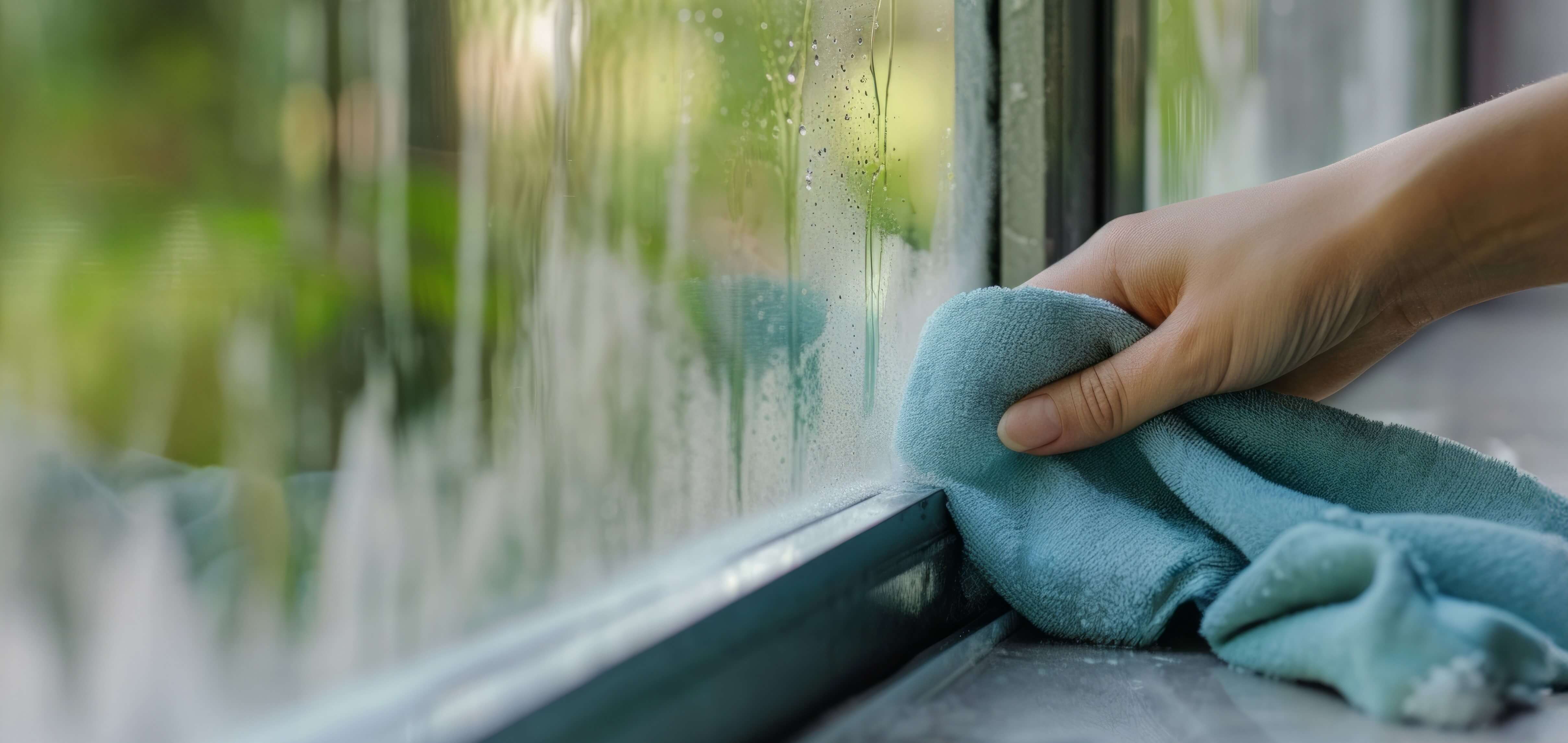How to reduce damp inside your home
Living in a damp home isn't just uncomfortable; it's also unhealthy. Damp conditions can lead to more frequent colds and flu, particularly affecting young children and the elderly. Mould thrives in damp, cold environments and can exacerbate asthma, allergies, and other respiratory illnesses.
Keeping your home dry and well-ventilated is essential for maintaining good health.
Do’s for reducing indoor dampness
Mop up condensation
- Wipe condensation off windows and dry the cloths outside.
Manage shower moisture
-Showers release half a litre of moisture every 10 minutes.
- Use extractor fans white you are showering to remove the steam.
- Wipe the shower dry after use and keep the bathroom door closed to prevent moisture from spreading.
- Could we add in a line about blast ventilating? Eg once you have finished in the bathroom, close the bathroom door and open the windows for 10 minutes to allows all the moisture to escape the room. Ensure you close the window again to warm up the bathroom once it has ventilated.
Control cooking steam
- Cooking on the stove releases a quarter litre of water every 10 minutes.
- To prevent excess moisture in the kitchen, use lids on pots while cooking, turn on the kitchen extractor fan or rangehood, and open a window.
- Close the kitchen door to contain the moisture.
Air Out Your Home
- Open your home completely for 15 minutes to let fresh, dry air replace the damp indoor air.
- Heating damp air requires more energy than heating dry air, so reducing the moisture in your home can lead to savings on your energy bills.
Don’ts for reducing indoor dampness
Avoid unflued gas heaters
- These include LPG cabinet heaters, patio heaters, gas BBQs, or cookers.
- They release one litre of water into the air every hour, increasing dampness and often necessitating a dehumidifier.
Don’t dry washing indoors
- A single towel can release up to half a litre of water into the air.
- A whole load of laundry can add 2-5 litres of moisture.
What your home should have
Ventilation
- All bedrooms, dining rooms, living rooms, lounges, and kitchens should have at least one door or window that opens to the outside.
- Kitchens and bathrooms must have an extractor fan that ventilates to the outside.
- These are your landlord’s responsibilities if you’re renting. Visit tenancy.govt.nz for more information about rentals.
By following these tips, you can reduce dampness and keep your home healthier and more comfortable. To find out more visit genless.govt.nz.

